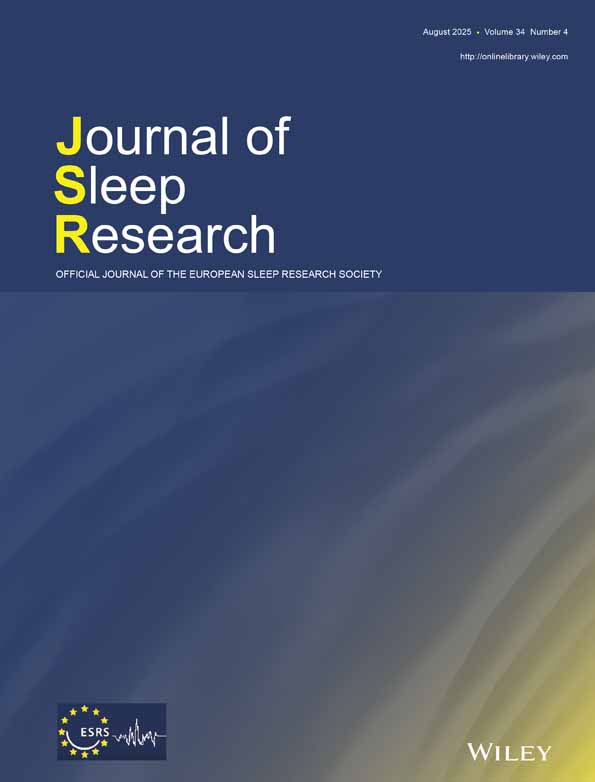Naso-oesophageal probes decrease the frequency of sleep apnoeas in infants
Abstract
The objective of the study was to determine whether a naso-oesophageal probe modifies sleep and cardiorespiratory patterns in infants with repeated obstructive apnoeas. Two polygraphic recording sessions were conducted in random order for 2 nights on 35 infants suspected to have repeated obstructive sleep apnoeas. One sleep study was performed with a pH probe inserted through the nasal passage down to the distal portion of the oesophagus. The other session was conducted without any naso-oesophageal probe (the baseline study). For the 25 infants who presented repeated obstructive apnoeas during baseline studies, the presence of the probe was associated with a small, but significant, decrease in the number of central apnoeas (median frequency of 18.5 apnoeas per hour without a probe; 16.1 per hour with the probe; P=0.040), and obstructive apnoeas (median of 1.9 apnoeas per hour without a probe; 0.6 per hour with the probe; P=0.016). The presence of the probe was also associated with a small increase in percentage non-rapid eye movement (NREM) sleep frequency. The changes were statistically significant only for infants who had no obstructive apnoea during baseline studies (29 vs. 31%). The presence of a naso-oesophageal probe significantly modifies the infants’ respiratory characteristics during sleep. These findings should be considered when reporting and interpreting sleep studies in infants.




